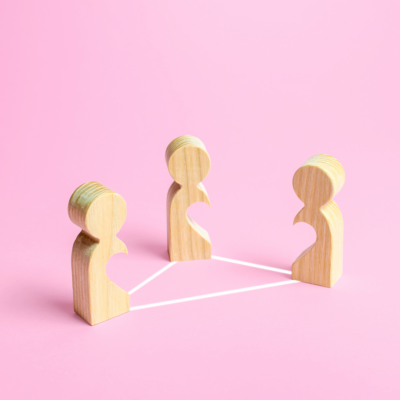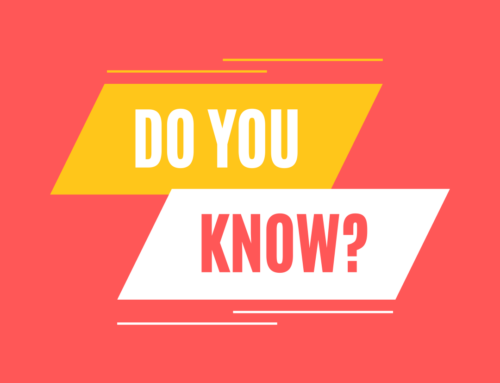Emotional resources are li nked to appropriate boundaries. Boundaries signify the ability to say “no” to being “used.” In other words, boundaries allow you to maintain self-respect. The closer you get to survival, the fewer the boundaries. Spaces are crowded, resources are scarce, one has to “give” in order to “get.” These factors over time lead to abuse, manipulation, codependence, and servitude. The response to a lack of boundaries frequently is to become over-controlling, manipulative, and fixated. Options are seldom considered, and thinking becomes polarized; it’s “either/or.” Psychologists also call this “black or white thinking.”
nked to appropriate boundaries. Boundaries signify the ability to say “no” to being “used.” In other words, boundaries allow you to maintain self-respect. The closer you get to survival, the fewer the boundaries. Spaces are crowded, resources are scarce, one has to “give” in order to “get.” These factors over time lead to abuse, manipulation, codependence, and servitude. The response to a lack of boundaries frequently is to become over-controlling, manipulative, and fixated. Options are seldom considered, and thinking becomes polarized; it’s “either/or.” Psychologists also call this “black or white thinking.”
The easiest way to start this discussion in the classroom is to identify physical boundaries:
- How much space in the room is actually theirs?
- How do you keep someone out of your space?
- How do you stay in your space?
This discussion of physical boundaries is the beginning of setting emotional boundaries.
To establish boundaries, it’s important to understand the Karpman triangle.
Karpman Triangle

Source: “Fairy Tales and Script Drama Analysis” by S. Karpman.
The same person can take all three roles in different situations. In one setting the person is a bully, in another setting the person is a rescuer, and in another setting the person is a victim. Once you are in the triangle, you will eventually take on all three roles—and boundaries disappear because ownership isn’t taken by anyone. To stay out of the triangle, you can ask questions.
Here’s an example (of using questions to avoid the triangle):
When my son was in second grade, he came home from school and told me he was “bored.” I asked him, “Whose problem is that?” He said, “The teacher’s.” He was presenting himself as a victim and asking me to go to school and “rescue” him. So I asked him, “Is the teacher bored?” He said, “No, I am.” So I said, “Then it isn’t the teacher’s problem. It’s your problem. Since it’s your problem, how can you solve it?”
Had I gone to the school and “bullied” the teacher in order to “rescue” my son who was a “victim,” chances would have been very good that the teacher would’ve felt like a “victim” and gone to the principal to be “rescued.” The principal likely would’ve called me and “bullied” me for being so insensitive to the teacher and blaming the teacher for my son’s problems. And then I would have felt like a “victim” and told my husband so that he would “rescue” me and go to school and “bully” the principal. The cycle would continue.
In other words, once a person is in the triangle, that person can be expected to take on all three roles eventually. Most importantly, the problem won’t get solved, and boundaries will disappear. The best way to stay out of the triangle is to ask questions and clarify the issues—so that the problem can be solved.
How Do Role Models and Emotional Resources Contribute to Stability?
When individuals have emotional resources, they are much less likely to engage in destructive or self-destructive behaviors, they can function reasonably well in school even if they don’t like certain teachers or administrators, they can keep a job in spite of difficult personalities at work, and they can maintain stable relationships. Because role models teach through example the many ways to address difficult situations, if individuals haven’t experienced those examples, they cannot maintain stable, long-term relationships or work. That means they move more often and spend more time in “survival mode.” The more time one spends simply surviving, the less time one can devote to abstract learning.
What Does This Information Mean in the School or Work Setting?
- Teachers and administrators are much more important as role models than is generally recognized.
- The development of emotional resources is crucial to student success. The greatest free resource available to schools is the role modeling provided by teachers, administrators, and staff.
Excerpted from A Framework from Understanding Poverty: A Cognitive Approach (R.K. Payne) 2019. ©aha! Process, Inc.








